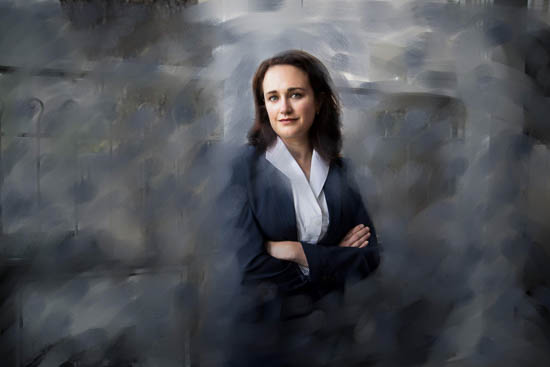
Pictures has gone through a massive transformation over the past number of a long time. From movie rolls and darkrooms to mirrorless cameras and AI enhancing, the evolution has long been speedy and relentless. What was as soon as an analog craft now leans seriously in to the digital realm, and For numerous photographers, this shift offers equally chance and obstacle. Individuals that fall short to adapt risk currently being left at the rear of in a very aggressive marketplace where staying latest is crucial. Understanding how photography has developed is the first step in recognizing the value of staying aligned with today’s chopping-edge applications and methods.
Up to now, a photographer’s ability was calculated mainly by their capability to work with manual settings, lights, movie kinds, and Bodily prints. Creating pics demanded chemical information and entry to a darkroom. On the other hand, digital cameras disrupted the status quo, generating pictures additional obtainable and fewer highly-priced. With all the rise of DSLRs and mirrorless systems, photographers not required film or development labs. Fast graphic previews, larger ISO abilities, And large storage choices meant photographers could shoot additional, experiment freely, and learn a lot quicker. But this digital boom also introduced new difficulties—Competitiveness increased, and simply possessing a fantastic digicam was no longer ample to stand out.
Now, the images field is deeply intertwined with technological know-how. AI-pushed modifying resources like Lightroom’s issue masking or Photoshop’s generative fill have redefined put up-processing. Platforms like Skylum Luminar and Topaz Labs offer sound reduction and graphic upscaling that might have been difficult ten years in the past. Even smartphones, when mocked by specialists, now deliver substantial-resolution RAW photographs and offer you Highly developed attributes like portrait mode, night time images, and real-time HDR. The taking part in field has shifted substantially, and traditionalists need to accept that more recent technological know-how typically improves rather than diminishes the art of images.
Beyond components and program, know-how now dictates how photographers link with clients and grow their enterprises. Social networking platforms, Search engine marketing-optimized websites, and automated reserving units are essential for marketing and advertising and outreach. Google My Enterprise profiles, geotagged photos, and on the web assessments often establish irrespective of whether a consumer chooses one photographer more than One more. read more Specialists who stay offline or depend exclusively on phrase-of-mouth internet marketing Restrict their publicity and potential development. Embracing these digital resources doesn’t just support photographers keep appropriate—it permits them to work smarter look here and attain broader audiences much more efficiently.
The rise of AI in photography is especially transformative. Synthetic intelligence can now review facial attributes to automobile-correct lights, sleek skin, and also swap backgrounds in one click. AI-driven culling software can help photographers sift via Many pictures, selecting the right visuals based on expression, sharpness, and composition. In-studio, AI-enhanced lighting techniques mechanically keep reading regulate publicity and equilibrium dependant upon matter position. These tools don’t replace the photographer's creative eye—they amplify it. People who devote time in Finding out AI characteristics achieve a competitive edge in each speed and high-quality.
In conclusion, images is not nearly mastering the shutter or recognizing the golden hour. It’s about adaptability. The craft is now a dynamic mixture of artwork, science, and technology. Photographers who will be ready to evolve—who study new program, spend money on smarter gear, get more info and embrace AI and electronic advertising and marketing—are far better positioned for long-expression results. The ones who resist, clinging to out-of-date methods or dismissing technological tendencies, may shortly find by themselves irrelevant in a quick-paced visual entire world. To remain competitive and inventive, photographers must not here only keep up While using the evolution of photography—they need to guide it.